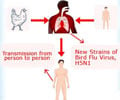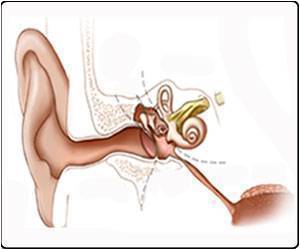The way in which diseases can modify animal odors in subtle ways has been highlighted in new research.

Using both behavioral and chemical methods, the findings reveal that AIV can be detected based on odor changes in infected birds.
"The fact that a distinctive fecal odor is emitted from infected ducks suggests that avian influenza infection in mallards may be 'advertised' to other members of the population," notes Bruce Kimball, PhD, a research chemist with the USDA National Wildlife Research Center (NWRC) stationed at the Monell Center. "Whether this chemical communication benefits non-infected birds by warning them to stay away from sick ducks or if it benefits the pathogen by increasing the attractiveness of the infected individual to other birds, is unknown."
In the study, laboratory mice were trained to discriminate between feces from AIV-infected and non-infected ducks, indicating a change in odor. Chemical analysis then identified the chemical compounds associated with the odor changes as acetoin and 1-octen-3-ol.
The same compounds also have been identified as potential biomarkers for diagnosing gastrointestinal diseases in humans. Kimball and colleagues hypothesize that metabolites resulting from viral infection interact in concert with bacteria in the gastro-intestinal system of ducks to produce "odor signatures" indicating presence of the AI virus.
"Avian influenzas are typically asymptomatic in ducks and waterfowl. Infection in these species can only be diagnosed by directly detecting the virus, requiring capture of birds and collection of swab samples. Our results suggest that rapid and simple detection of influenzas in waterfowl populations may be possible through exploiting this odor change phenomenon," said Monell behavioral biologist Gary Beauchamp, PhD, also an author on the paper.
Advertisement
Advertisement














